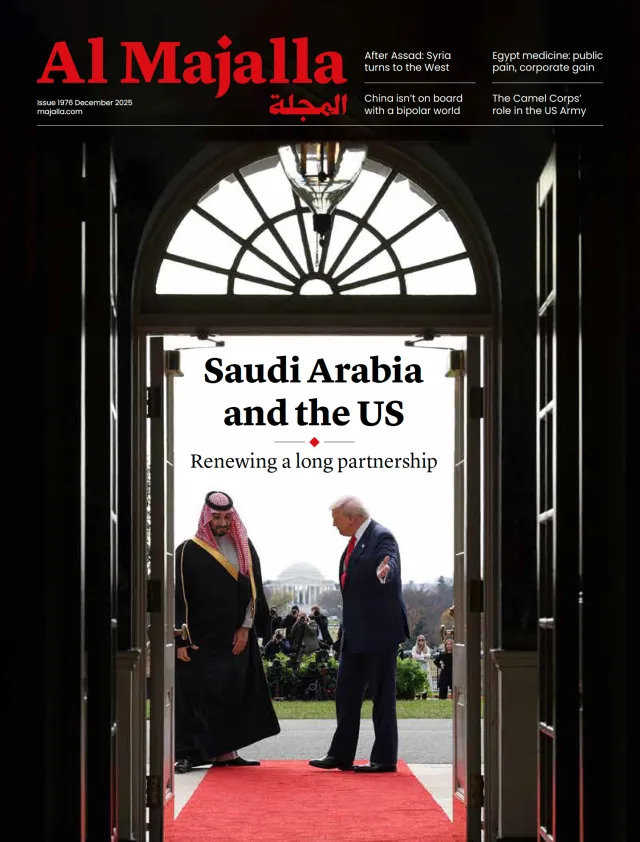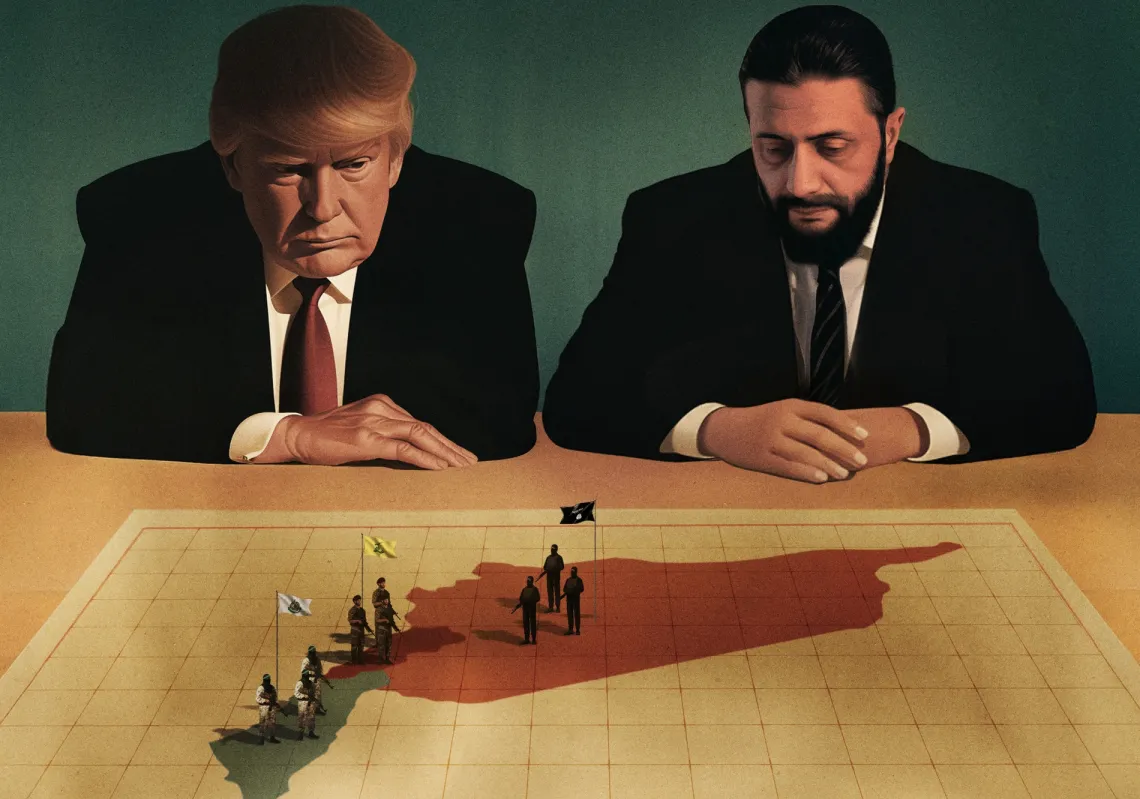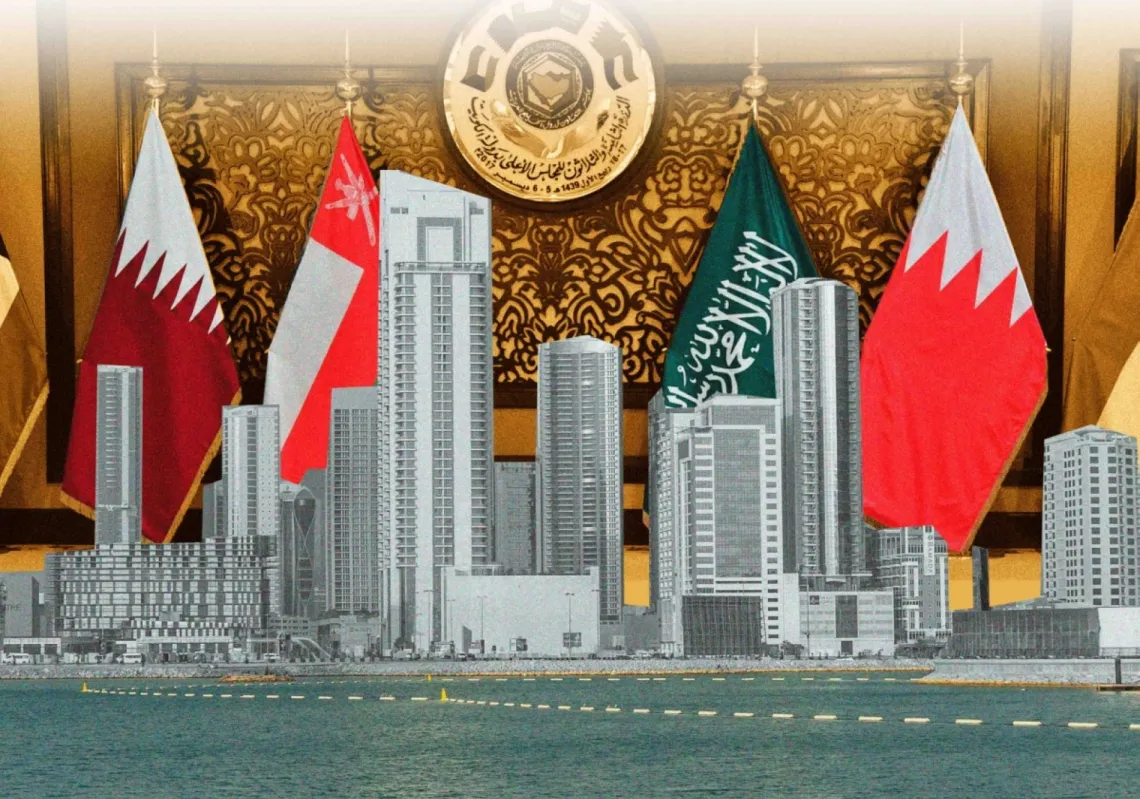On 11 February 2025, US President Donald Trump issued a decision to impose a 25% tariff on the country’s imports of steel and aluminium, describing the step as “necessary to protect America’s economy and national security.” The decision, set to take effect in March, comes at a time when related US sectors are experiencing a significant decline. Aluminium production, for instance, fell to just 670,000 tonnes in 2024 compared to 3.7 million tonnes in 2000, while steel imports at the time accounted for 23% of domestic consumption.
Trump said the move aimed to curb what he termed the “global dumping” of these metals, especially imports from China, which produces over half of the world’s steel—1.032 billion tonnes annually as of 2022. Although China isn’t a primary supplier to the United States, its production surplus floods global markets, driving down prices and undermining the competitiveness of American industries.
While Trump claims the decision is aimed at improving the domestic economy, it’s sparked a storm of international criticism. In Canada, the largest exporter of steel and aluminium to the United States, Industry Minister François-Philippe Champagne labelled the move “unjustified,” while Prime Minister Justin Trudeau called for urgent bilateral talks to prevent escalation. Canadian lobbying groups have also called for retaliatory tariffs on American products.

The European Union, another major entity affected, declared it would take “firm measures” to safeguard its economic interests. European Commission President Ursula von der Leyen stated that these tariffs “will harm both businesses and consumers alike.”
Share surge
On the markets front, the announcement had a positive immediate impact on shares of US steel and aluminium companies. For instance, Cleveland-Cliffs shares surged by 20% following Trump’s statement. However, concerns emerged in industries reliant on these two metals, such as automobile manufacturing and construction, about rising costs potentially increasing product prices and reducing global competitiveness.
Globally, these tariffs are seen as a turning point in trade relations. China, despite not being directly targeted, views the situation as an opportunity to strengthen its economic ties with affected entities like Canada and the European Union. Meanwhile, those impacted are exploring ways to respond, raising fears of escalating trade wars already in progress.

In the Arab world, the anticipated effects of these tariffs vary. Gulf countries, particularly the United Arab Emirates, rank among the world's leading aluminium producers, with an annual output of approximately 2.6 million tonnes. These nations rely heavily on exports to global markets, including the United States. Higher tariffs will reduce their competitiveness in the American market, pushing them to seek alternative markets in Asia and Europe.
Conversely, Arab countries dependent on steel imports, such as Egypt, may benefit from declining global prices due to the expected market surplus. For instance, Egypt produces around 7.8 million tonnes of steel annually but still relies on imports to meet demand. Lower prices could help reduce construction and infrastructure costs in such countries.
Nonetheless, the greater challenge lies in the need to improve local supply chains and boost production capacities in Arab countries, particularly as global trade systems continue to evolve. This crisis highlights the importance of investing in local industries to reduce reliance on imports and enhance competitiveness in global markets.
Domestic impact
Domestically, the tariffs are intended to bolster steel and aluminium production, but they face widespread criticism from other economic sectors—especially manufacturing industries that rely on these metals, such as automotive, construction, and energy. Back in 2018, when Trump imposed similar tariffs during his first term, steel and aluminium prices increased by 2.4% and 1.6%, respectively, according to the US International Trade Commission. However, these measures didn't lead to significant job creation, raising doubts about the long-term effectiveness of such policies.

Trump, for his part, has emphasised that these tariffs are just the beginning of broader economic policies. He has hinted at plans to impose additional tariffs on a wide range of products, including cars and semiconductors.
Analysts believe the real motive behind these policies is to shore up Trump's popularity in states with struggling industrial sectors—impacted by factors such as offshoring, technological advances, declining demand for traditional industries, trade policies, and population migration—as he gears up for the next election.
Global trade transformation
As trade wars escalate, the global trade ecosystem appears to be undergoing a transformation. Affected entities like Canada and the European Union are already exploring new economic alliances outside the United States. Meanwhile, China, aiming for a more significant role in the global economy, stands to benefit most from this situation, particularly if it can deepen ties with countries hurt by US policies.
For Arab nations, Trump's tariffs present both challenges and opportunities. The challenge lies in adapting to immediate-term impacts, while the opportunity lies in leveraging the crisis to enhance industrial capacities and achieve economic self-reliance.
In conclusion, Trump's tariffs are a bold move based on an economic vision claiming to protect domestic industries. However, they come at a high cost to international trade relations. The coming days will reveal whether these policies will accomplish their intended goals or lead to deeper crises in the global economy.














